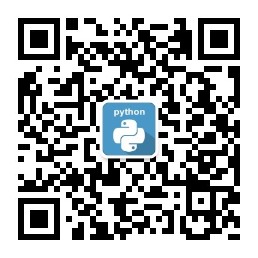执行shell脚本有以下几种方式
1、相对路径方式,需先cd到脚本路径下
[root@pythontab.com tmp]# cd /tmp [root@pythontab.com tmp]# ./pythontab.sh
2、绝对路径方式
[root@pythontab.com tmp]# /tmp/pythontab.sh
3、bash命令调用
[root@pythontab.com /]# bash /tmp/pythontab.sh
4、. (空格) 相对或绝对方式
[root@pythontab.com /]# . /tmp/pythontab.sh
几种方式的区别
第一种和第二种没有什么区别,两种方式都需要提前赋予脚本以执行权限。
第三种是把脚本当做bash的调用来处理,所以,脚本不需要有执行权限就可以执行。
前三种方式都是在当前shell中打开一个子shell来执行脚本内容,当脚本内容结束,则子shell关闭,回到父shell中。
第四种是使脚本内容在当前shell里执行,而不是单独开子shell执行。
开子shell与不开子shell的区别就在于,环境变量的继承关系,如在子shell中设置的当前变量,不做特殊通道处理的话,父shell是不可见的。
而在当前shell中执行的话,则所有设置的环境变量都是直接生效可用的。
验证:
[root@pythontab.com /]# cat /tmp/pythontab.sh top
1、前三种执行方式下的pstree显示
├─sshd─┬─sshd───bash───bash───top │ └─sshd───bash───pstree
2、第四种执行方式下的pstree显示
├─sshd─┬─sshd───bash───top │ └─sshd───bash───pstree
3、验证环境变量设置的继承关系及可见关系
建立两个脚本,father.sh和subshell.sh。其中father.sh调用subshell.sh
[root@pythontab.com /]# cat /tmp/father.sh
v_ceshi='father'
#-------父shell中定义变量
echo "以子shell方式调用脚本"
/tmp/subshell.sh
echo "输出v_ceshi值为${v_ceshi}"
echo ""
echo "在当前shell中执行脚本"
. /tmp/subshell.sh
echo "输出v_ceshi值为${v_ceshi}"[root@pythontab.com /]#
[root@pythontab.com /]# cat /tmp/subshell.sh v_ceshi=son
[root@pythontab.com /]#
执行结果为
[root@pythontab.com /]# /tmp/father.sh 以子shell方式调用脚本 输出v_ceshi值为father 在当前shell中执行脚本 输出v_ceshi值为son


